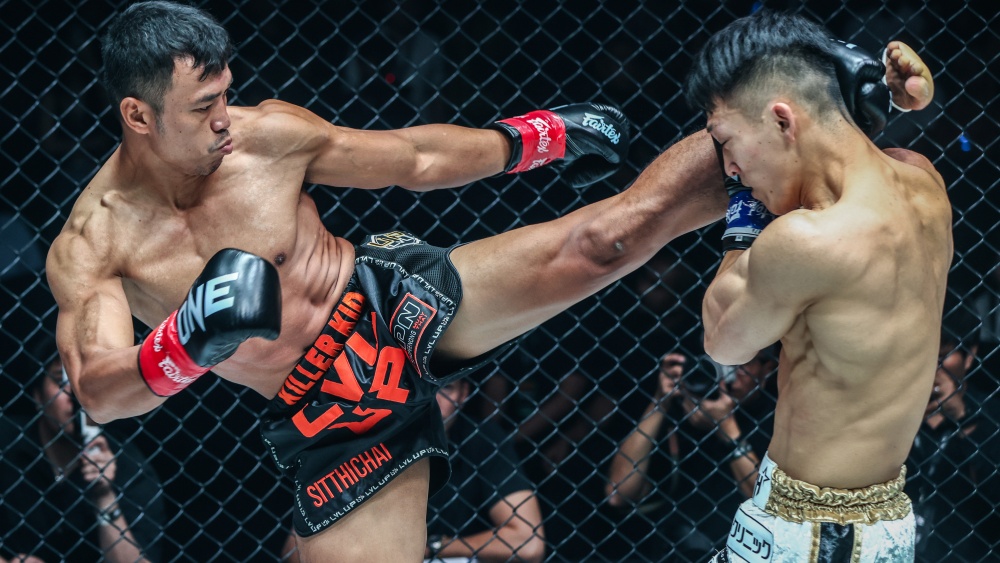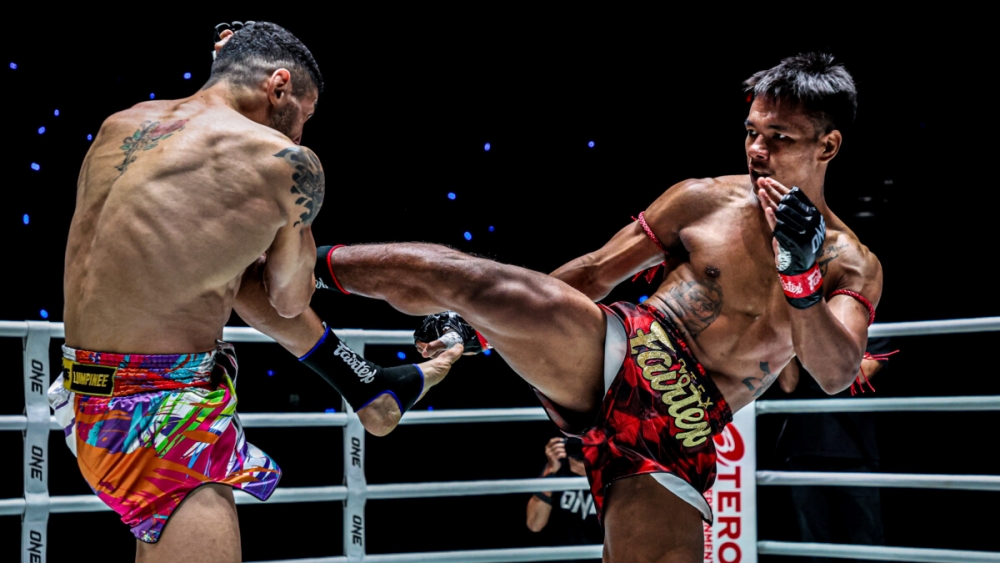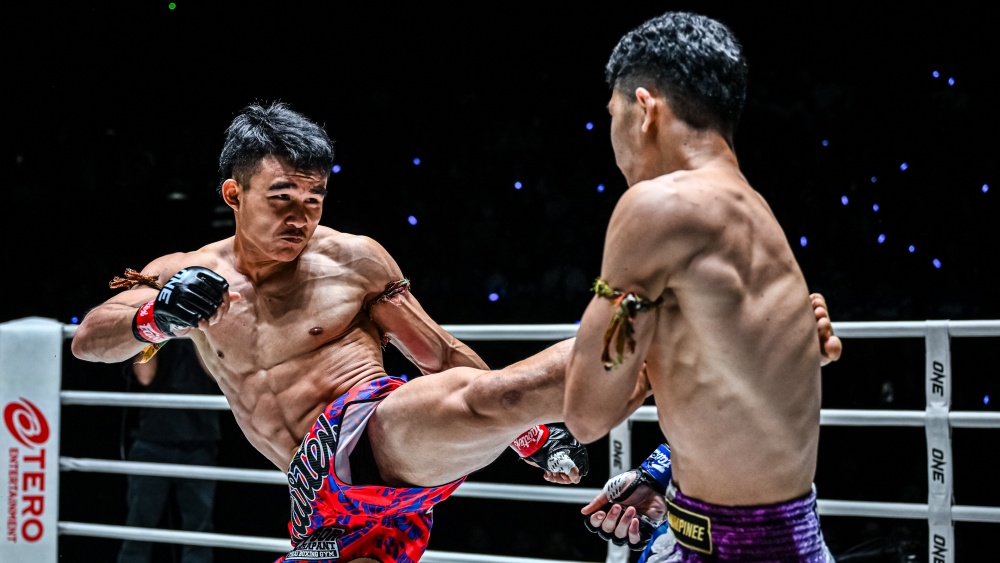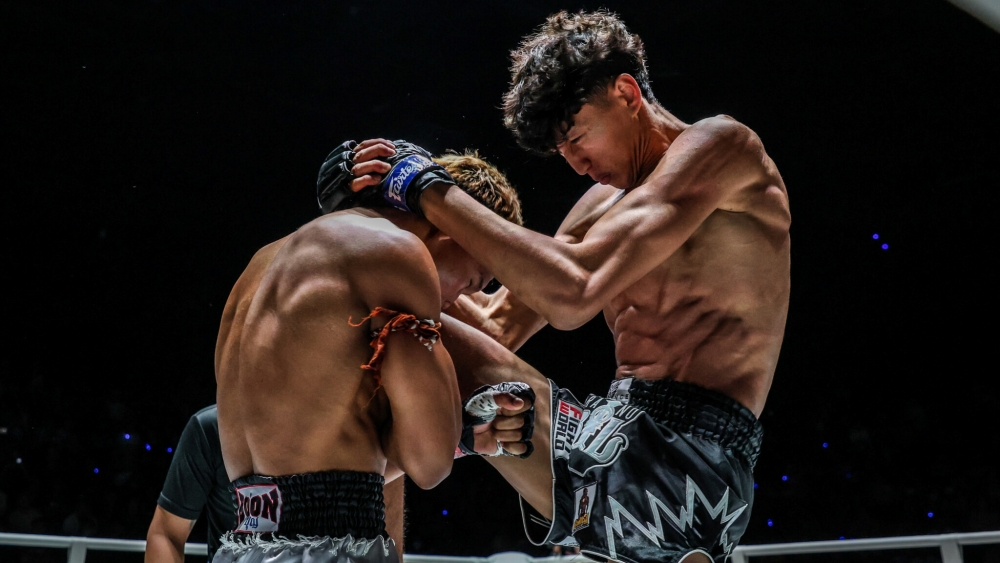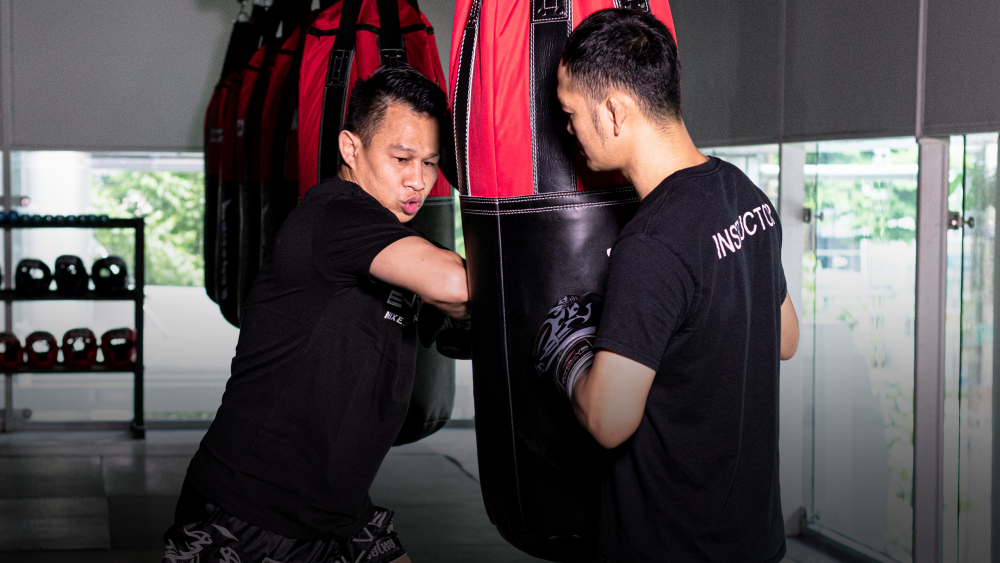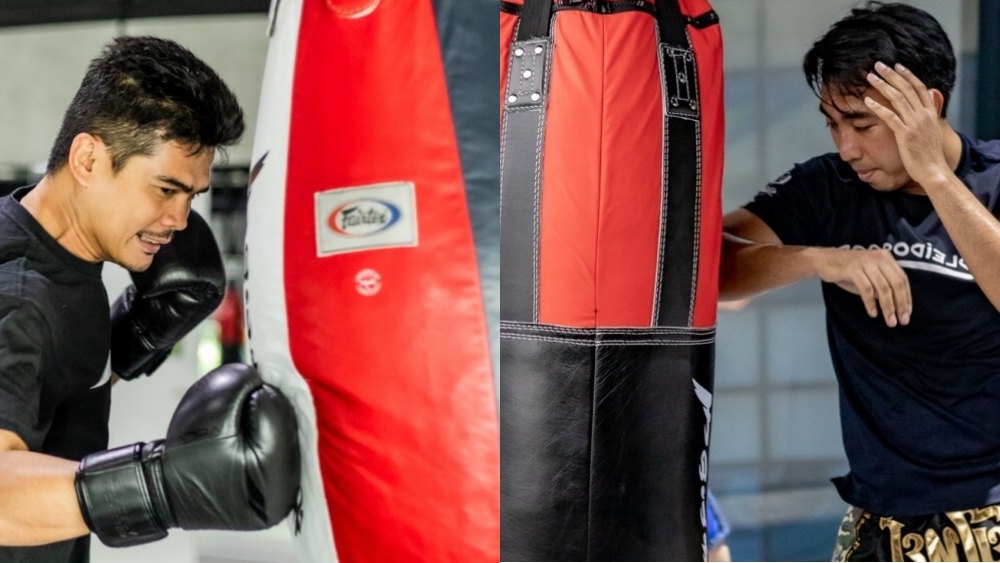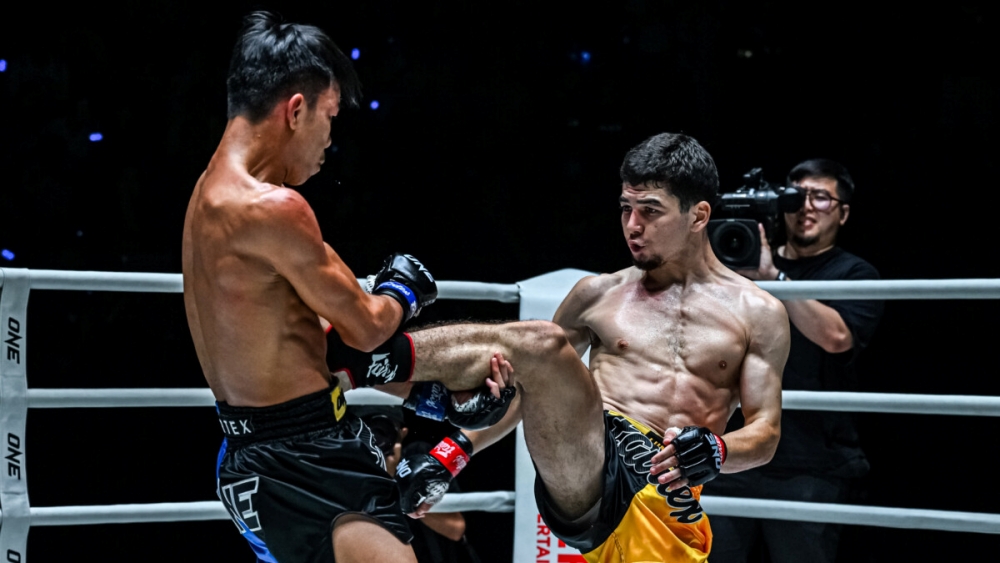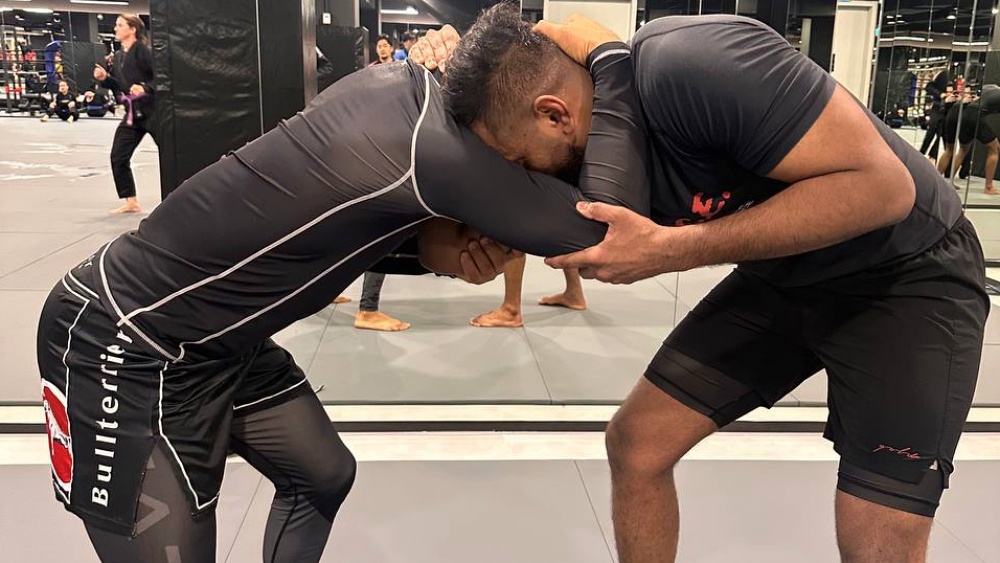Fighting on the back foot is an aspect of Muay Thai synonymous with counter-fighting. That means, it is most effective when you are pitted against an aggressive fighter, and you can use their forward pressure and attempted strikes to your advantage.
While, in essence, fighting on the back foot can simply be defined as scoring with kicks as you move away from your opponent, it is far more intricate than that. Fighting on the back foot is an art form that involves more than the broad strokes of a counter switch-kick as your opponent steps forward to punch.
In this article, we are going to outline 4 of the key tricks that you need to employ if you want to be successful when you are fighting on the back foot. These techniques are deceptively simple; the key to their success comes from practicing them until you have your distance and timing wired to perfection. Each of them is a vital part of the counter-fighting palette so if you want to perfect the art of fighting on the back foot, these next few paragraphs are going to be invaluable in your development.
First Things First: Find Your Range
While all of these techniques have had a proven record of success in Muay Thai for decades, none of them will be effective if you don’t know how to manage your range properly. Range management is the first and most important step for fighting on the back foot because, if you aren’t standing at the right distance from your opponent then you either won’t have enough time to react to your opponent’s movements or they won’t be in range for your attacks.
To successfully fight on the back foot, you want to be standing just slightly out of your opponent’s effective punching range. This means they will need to take a step forward before they can land one of their straight punches on you.
Key Techniques For Fighting On The Back Foot
1) Angle Changes
The most dangerous thing you can do when fighting on the back foot is get yourself stuck on a track where you only move backward in a straight line. While moving back one or two steps for the purpose of kicking your opponent as they attack is perfectly fine, the more momentum your opponent has going forward, the more confidence they gain and the harder it is to maintain composure.
As a general rule, keep moving laterally so your opponent needs to adjust their stance to keep you in their sights until you are ready to counter their attacks. If you feel pressured use your jab and lead hook to help you cut angles as they inch forward and only set yourself directly in the firing line when you are ready to counter an attack.
2) Pivoting
Angle changes work well when you aren’t under considerable pressure but, if your opponent is charging forward and you don’t have the time or space to step back or keep them at bay with teeps, then you’re going to need to pivot out of the firing line.
To pivot you need to step forward and plant your foot outside of your opponent’s stance. Then, placing your glove on the outside of your opponent’s, push it across their body as you turn your rear leg ninety degrees, so you are looking through both of your opponent’s shoulders. If they are charging forward, they will now be directly in the pocket and open for a kick.
To pivot on your rear-leg side, step forward to your opposite stance first, making sure your foot is planted outside of theirs before turning ninety degrees. You will land in your non-dominant stance here, but you’ll have plenty of time to score with a kick and reset into your preferred stance before they can turn to face you.
3) Drop-Steps
Drop-stepping is a term used to describe the act of stepping backward into an alternate stance as your opponent pressures forward. As your opponent steps forward to throw a straight punch, slide your lead foot back in a straight line until your stance is reversed. As you do this make sure your torso and head remain evenly based over both hips so that you move clearly away from the incoming punches. Once you are in your opposing stance you can fire off a kick to catch them as they punch or drop-step a second time to return to your preferred stance.
4) Spoiling
While fighting on the back foot is based around being able to evade your opponent as they attempt to catch you in close range, it is imperative that you have a technique that you can use in the times you find yourself trapped against the ropes without a safe option to escape.
Spoiling is the act of tying your opponent up in the clinch in such a way that they cannot land any effective strikes. Doing this when you are in a bad position, forces the referee to call a break in the action where you can reset back in a safe range to resume counterfighting.
When entering the clinch, keep a tight guard so that you don’t get caught by any punches as you step in and then, when you are as close as possible tie up your opponent’s arms, pressing your chest and hips in close so they don’t have room to knee. Do this while ensuring you keep your weight evenly balanced over your hips so you can’t get swept.
While it may be a kickboxing fight, Superlek uses this spoiling technique to great effect in this 2020 bout against Fahdi Khaled.
You’ll notice that whenever Superlek finds himself too close to evade Khaled’s powerful looping punches, he steps forward and hooks his arms over the Tunisian’s gloves, spoiling his ability to unload with his preferred weapons and forcing the referee to break them so he can resume kicking safely.
Conclusion
Mastering the art of fighting on the back foot requires precision, range management, and the strategic use of techniques like angle changes, pivoting, drop-steps, and spoiling. By honing these skills and practicing them diligently, you can effectively counter aggressive opponents while maintaining control and composure in the ring.
You may also like:
